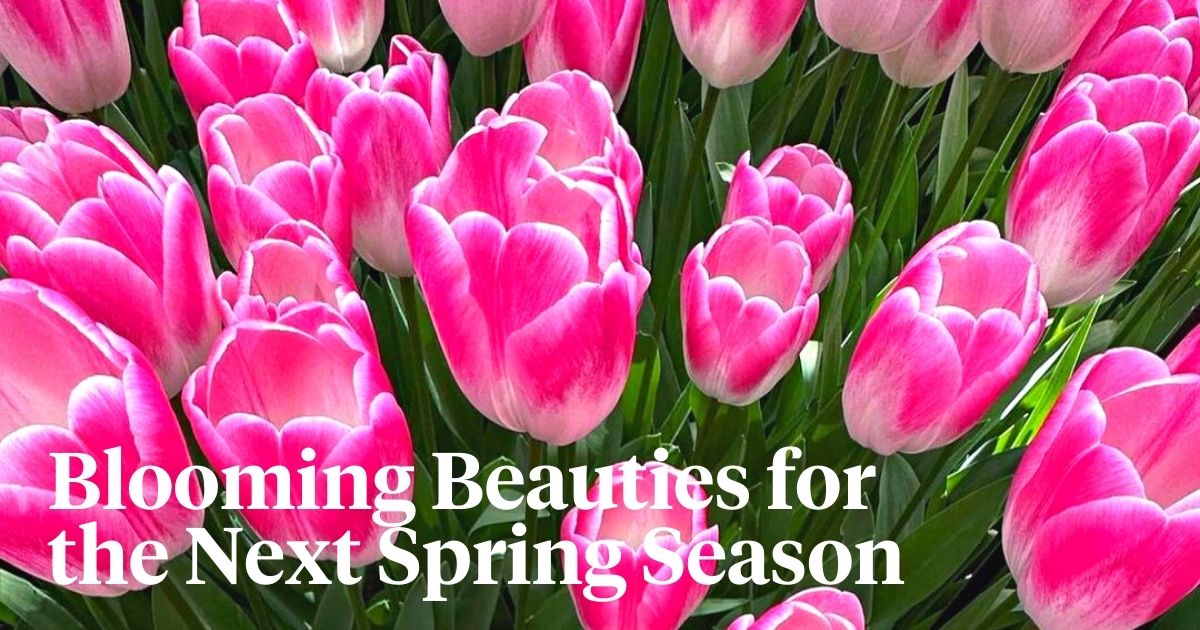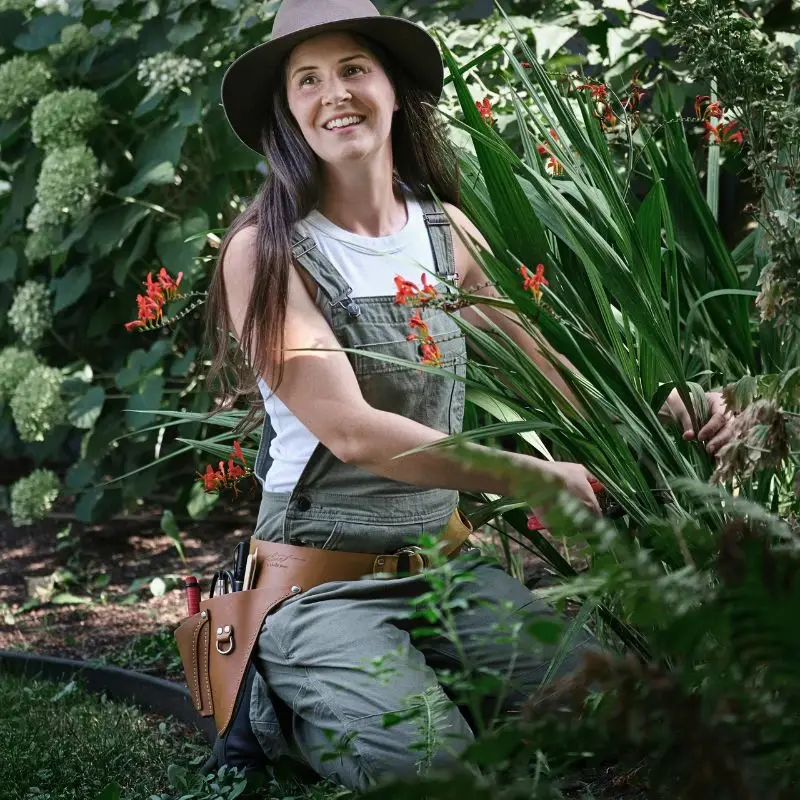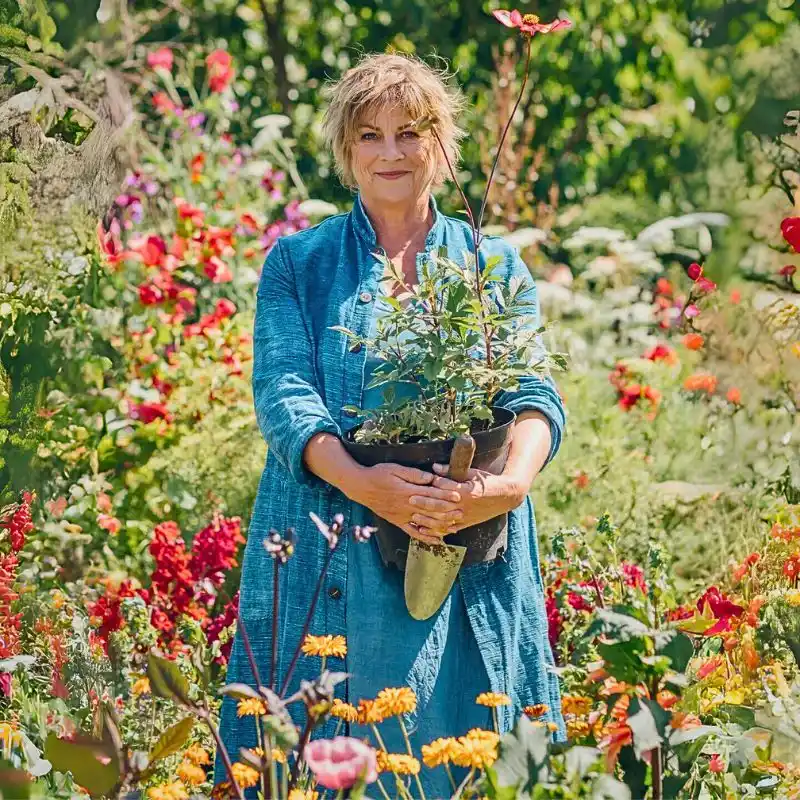Fall is perhaps not the most obvious time to think about spring, except when it comes to planting spring bulbs. Fall is the perfect time to start digging and put your hands in the soil so you can enjoy a lush garden full of spring colors after a long, dreary winter. Spring bulbs, also known as hardy bulbs, are typically planted in the fall and remain in the ground throughout the winter to bloom in the spring. Today you'll be in for a floral treat to learn about nine spring bulbs you can plant this fall to start getting you hyped up and prepped for the upcoming fall season in a few months.
9 of the Most Known Spring Bulbs
As the crisp air and vibrant colors of autumn are a few months away from us, it's an opportune time to plan ahead for the arrival of spring's glorious blooms. Planting spring bulbs in the fall not only promises a breathtaking display of flowers but also serves as a reminder of the cyclical beauty of nature. These spring bulbs, ranging from cheerful daffodils to graceful tulips and beyond, will ensure your garden bursts into a kaleidoscope of colors when the winter frost gives way to the warmth of spring. Take note in 3,2,1!
Hyacinth
The gorgeous scent of Hyacinths drifting on the breeze will remind you spring really has arrived. They come in every shade of pink, purple, white, and yellow and are a must-have in the garden for sheer reliability. They're also spring bulbs that are not appealing to rodents or deer. Group them together for maximum impact. Make sure they get full sun.
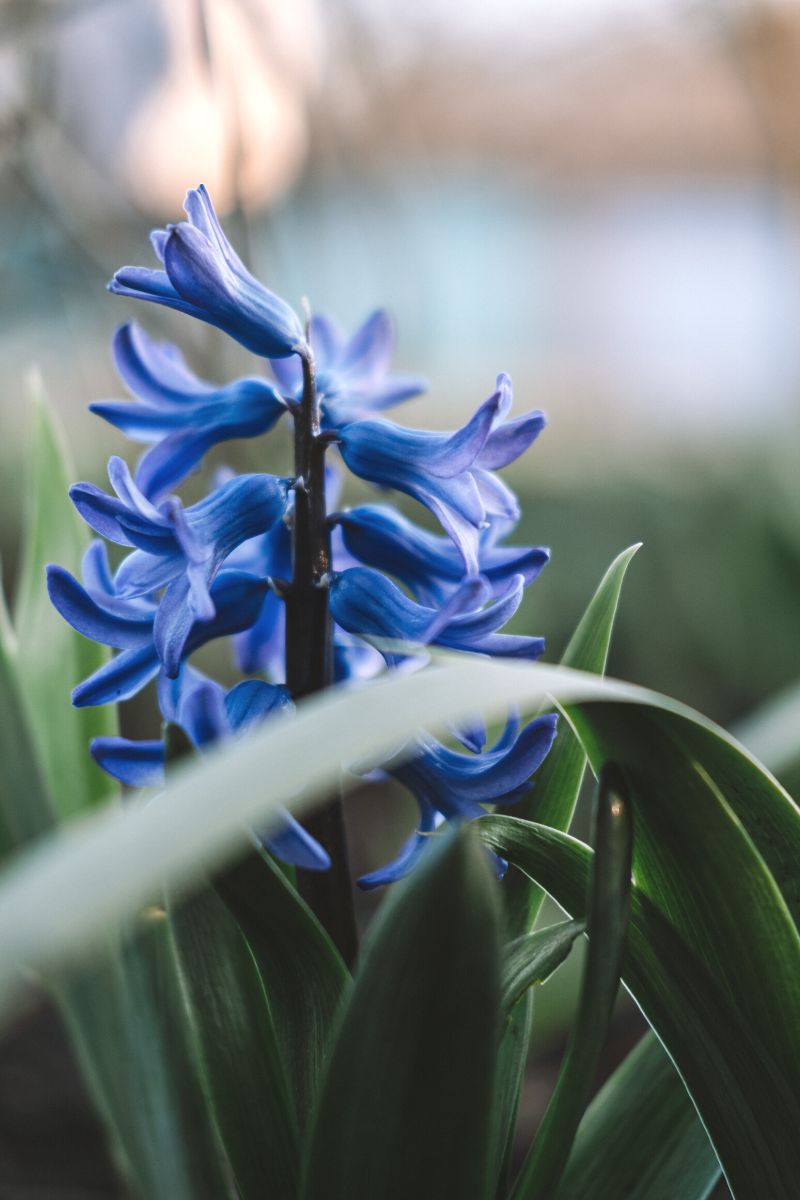
Tulip
Spring isn't complete without tulips. They come in every imaginable form and color from single flowers to lush double petals that resemble peonies. Many types bloom in mid to late spring but unlike other spring bulbs, many don't do well in subsequent seasons so they're treated as annuals with new bulbs planted again in the fall.

Fritillaria
Maybe you've never heard of this exotic-looking spring bloomer, but Fritillaria plants are charming in any garden. The unusual bell-shaped flowers nod at the end of their long stems. They naturalize readily, so you'll have more next year! Best of all, deer and rodents tend to leave them alone. Need mostly shade and lots of moisture. Fritillaria is for sure one of the nine best spring bulbs to plant in fall!
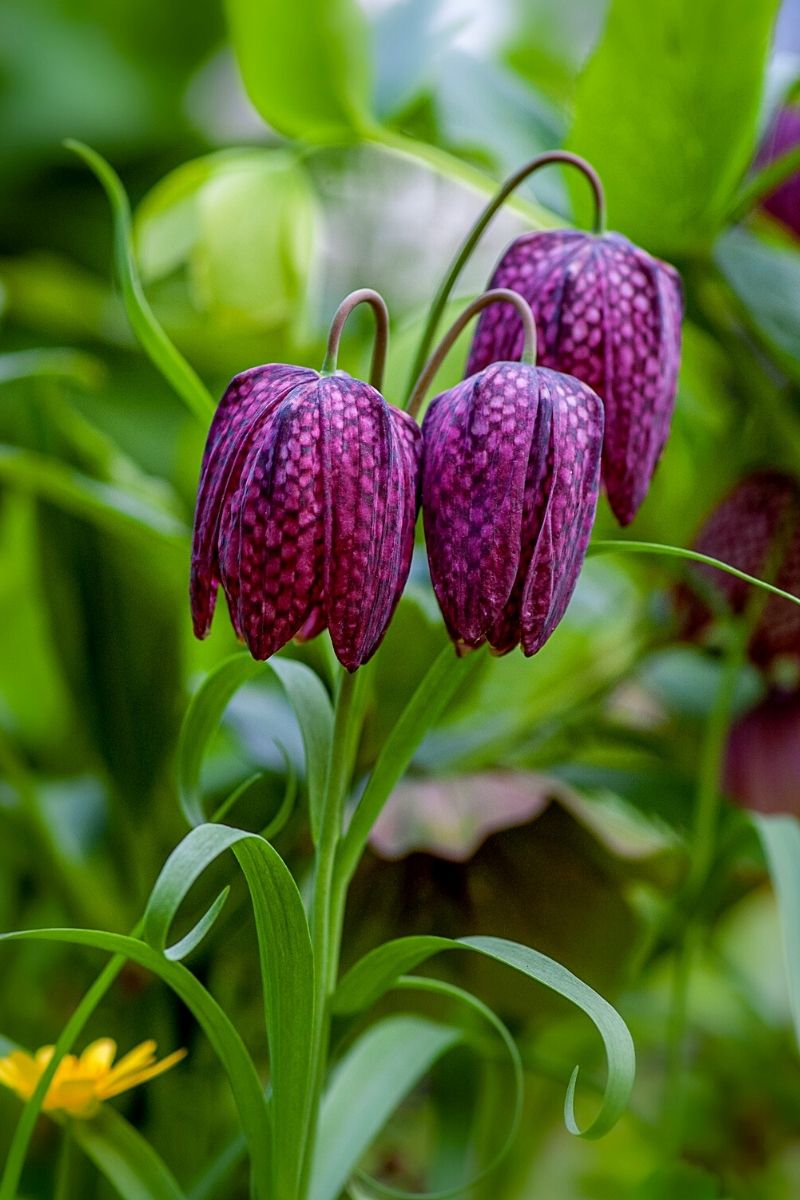
Crocus
Crocuses are some of the earliest spring bulbs to bloom, often appearing when there’s still snow on the ground. Plant them en masse for a beautiful swath of color. But don’t be surprised if you find them popping up in other places in your yard. Squirrels and chipmunks like to dig them up and rebury them elsewhere!
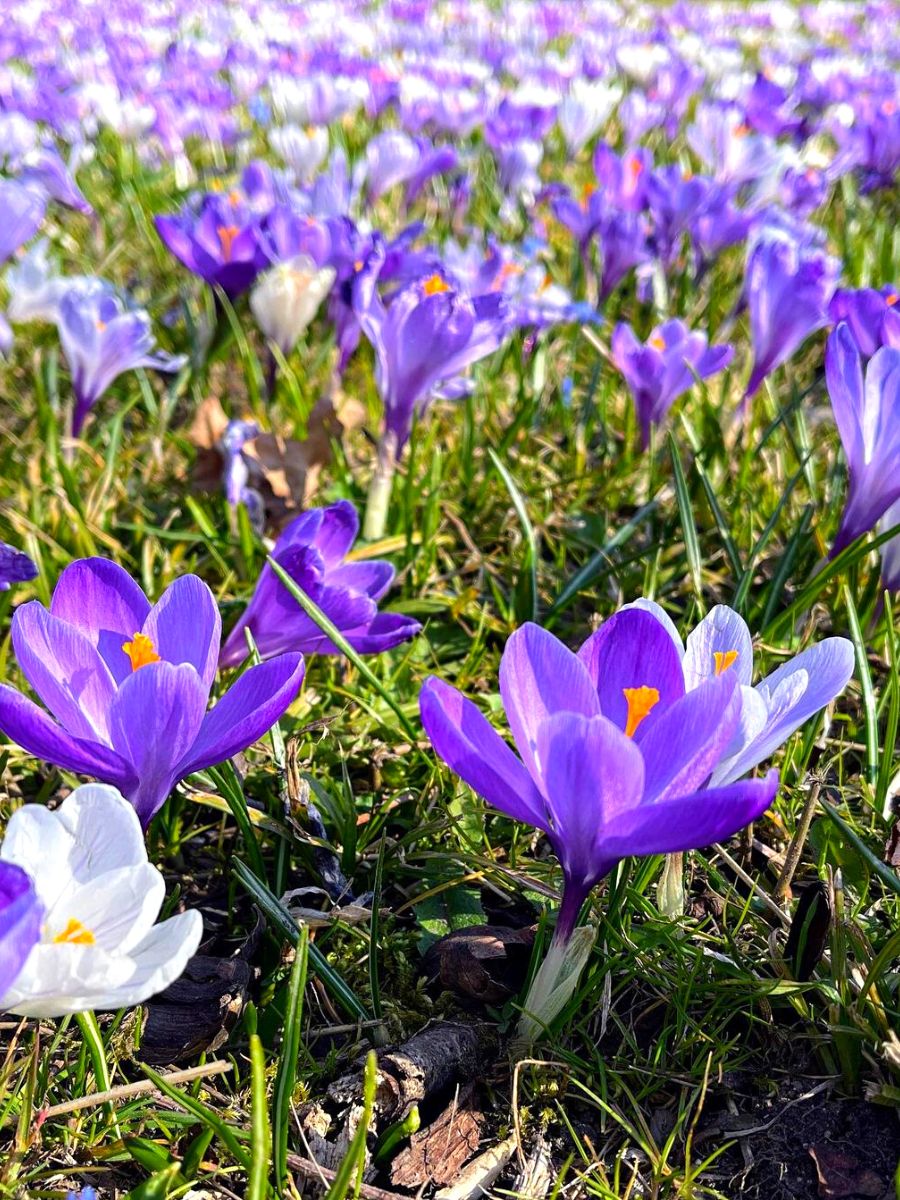
Allium
Beautiful globes of purple, deep pink, or reddish-purple dance on top of long, graceful stems in late spring. Few plants are as carefree as Alliums. These spring flower bulbs don't need deadheading (removing spent blooms), they rarely need dividing, and even deer don't fuss with them. Just plan to keep their soil moist when they're in bloom. Alliums generally bloom in May and June, and many will stay in bloom for four to five weeks.
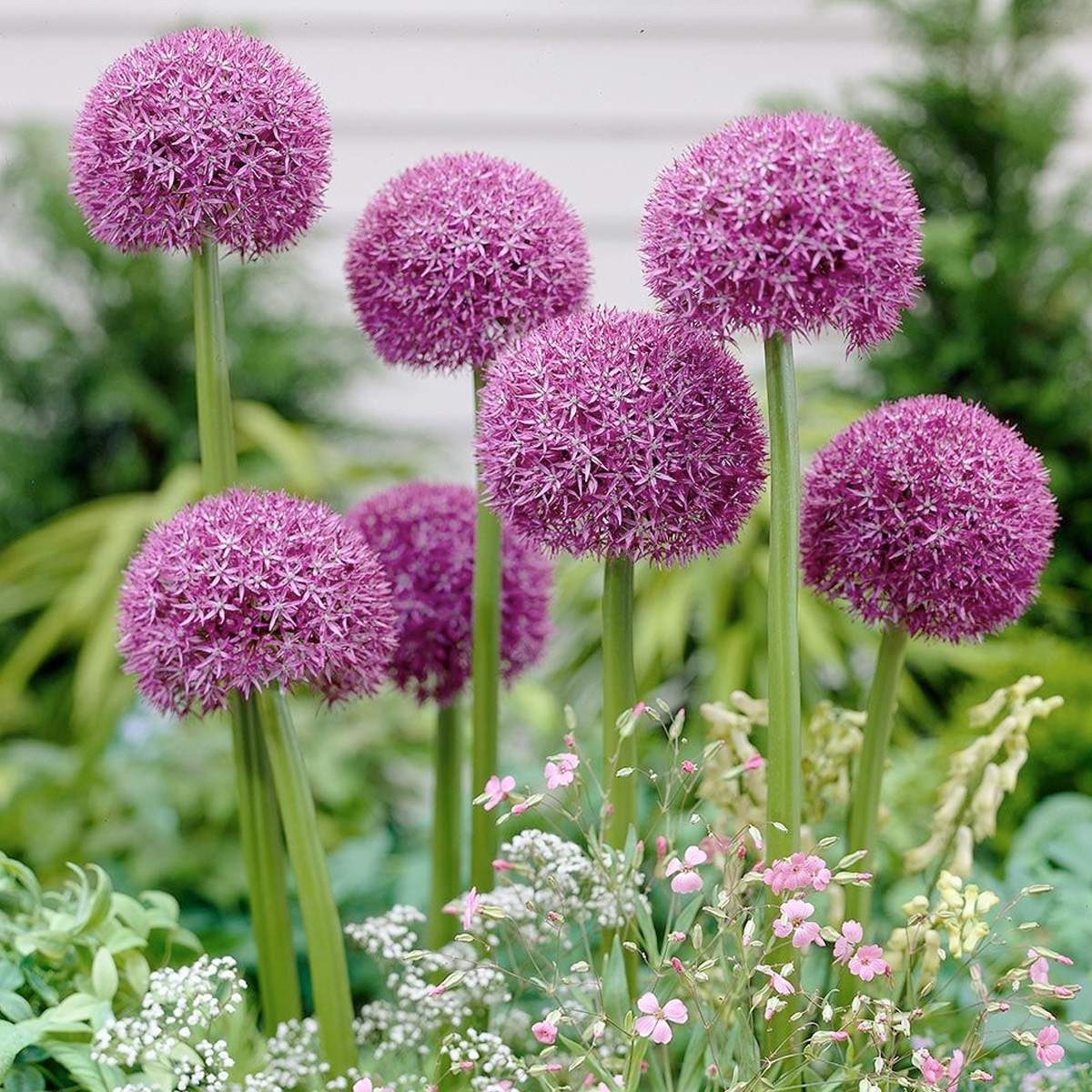
Dutch Iris
Dutch Iris is a delicate plant with orchid-like blooms in a variety of colors that is grown from surprisingly small bulbs. If you've ever purchased a florist bouquet with Irises in it, you've probably gotten a Dutch Iris. These plants need excellent soil drainage, or the bulbs can rot. Don't plant the bulbs too deeply; 6-10 cm (3 to 4 inches) is a good maximum. Otherwise, these plants are low-maintenance and easy to grow.
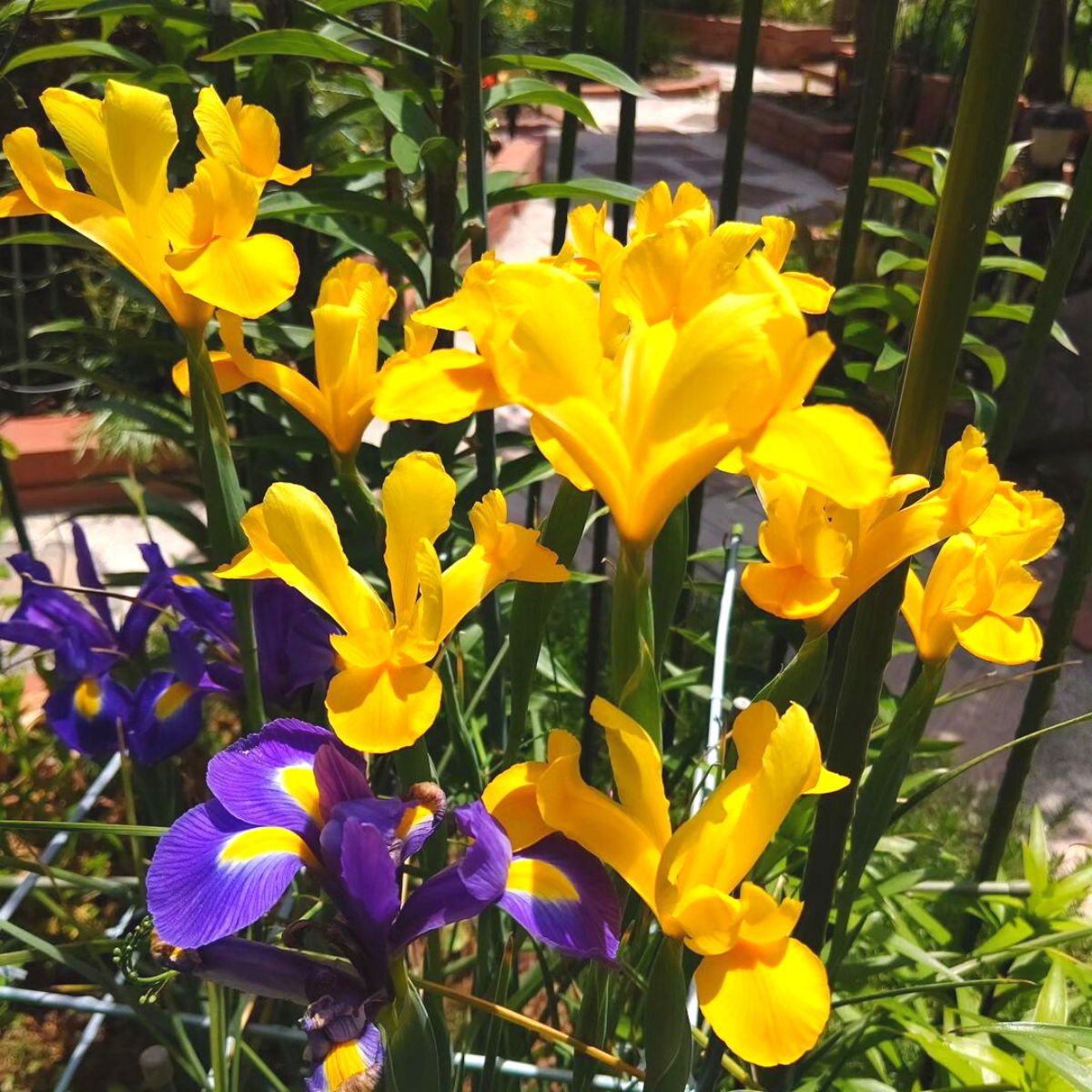
Leucojum
These plants, also called snowflakes, bloom profusely, lending a wispy, baby's breath-type effect to other nearby plantings. They tend to naturalize well and are pest-resistant, tolerating a wide range of soil types and exposures. It's one of the early spring blooming bulbs that even tolerate boggy soils. With delicate white flowers that have tiny green spots at the end of the petals, they are a feast to look at. Keep in mind that this spring bulb prefers full sun to part shade.
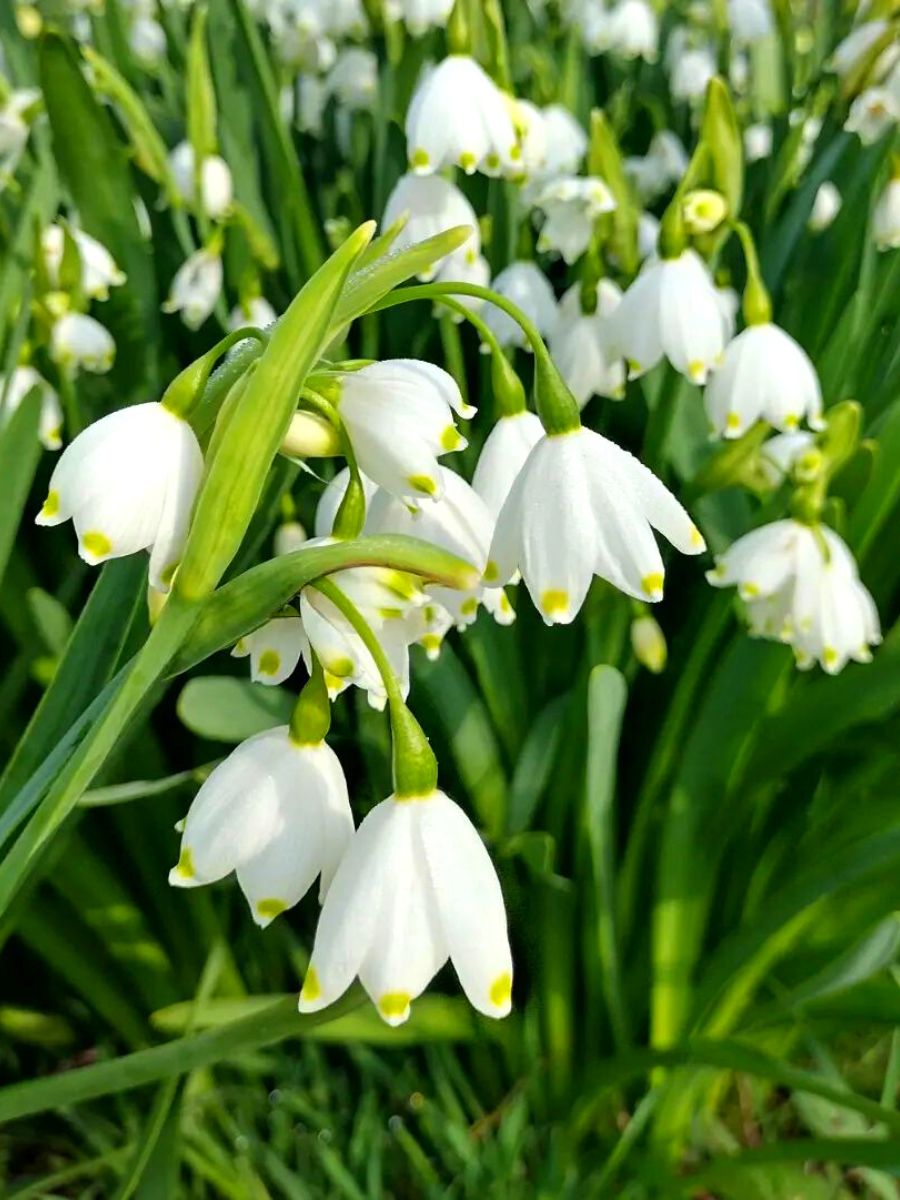
Bluebells
There are many plants that use the common name bluebells. But the two bulbs that are ideal for fall planting are Spanish bluebells (Hyacinthoides hispanica) and English bluebells (Hyacinthoides non-scripta), which are actually members of the hyacinth family. You might know them by their other common name, wood hyacinth.
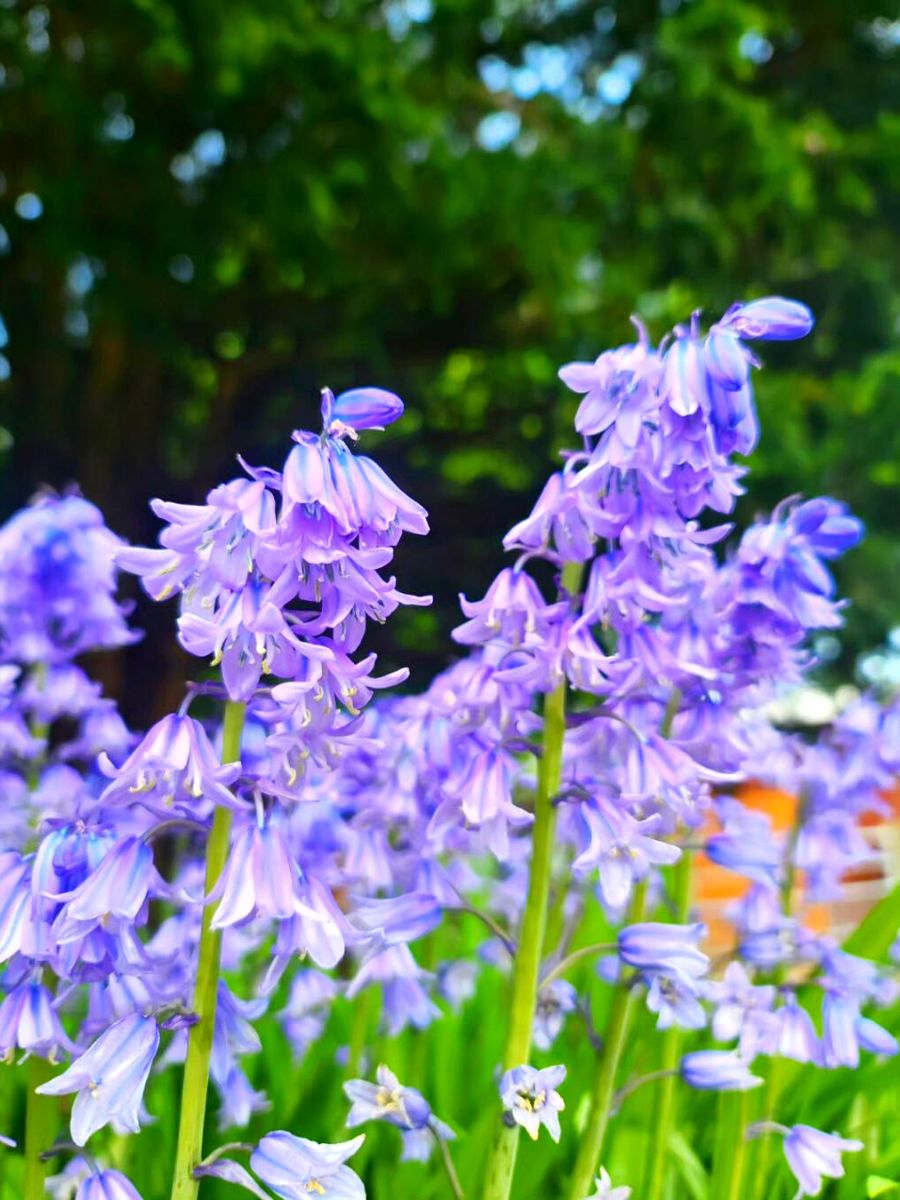
The plants will naturalize and spread with each plant producing dozens of nodding tubular flowers for an incredible carpeting effect. Be careful about planting them in small borders where they can take over. It's better to plant them on the lawn near a tree or on the edge of woodlands. Are you getting this spring bulb to be part of your fall-season gardening?
Snowdrop
Tiny snowdrop spring bulbs break through the frozen ground in the late winter to early spring and bloom in temperatures most people would rather avoid. Even a fresh coating of snow or ice does not dampen their spirits. Delicate, drooping white and green flowers, which are also called Galanthus, appear in very early spring and naturalize well.
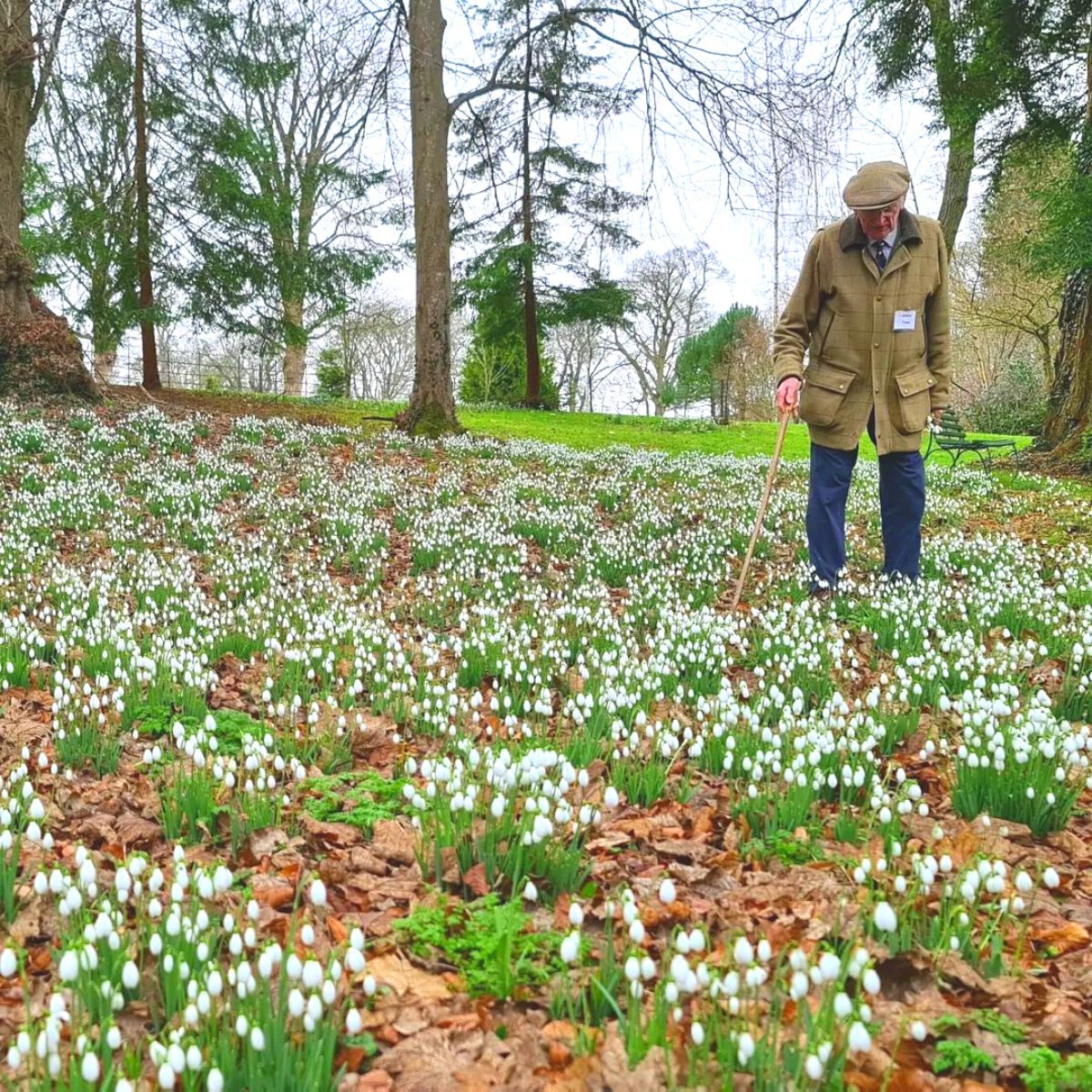
Which one of these nine spring bulbs will you plant in your garden this fall? Now on to more useful information, you're about to find out when to plant spring bulbs.
When Should You Plant Spring Bulbs?
Planting spring bulbs at the right time is crucial for ensuring their successful growth and vibrant blooms. While the specific timing may vary depending on your location and climate, there are general guidelines to follow for optimal results. This said, when should you plant bulbs for spring then?
Ideally, spring bulbs should be planted in the fall season, before the ground freezes. This allows them to establish their root systems before winter sets in. In most regions, the best time to plant spring bulbs is typically from September to November, depending on when the soil temperature starts to cool down.
The timing of bulb planting is closely tied to the average first frost date in your area. It's important to plant bulbs early enough so that they have ample time to develop strong root systems, but not so early that they start sprouting prematurely. If planted too early, bulbs may be vulnerable to cold damage or fungal diseases. Conversely, if planted too late, they may not have enough time to establish roots before the ground freezes.
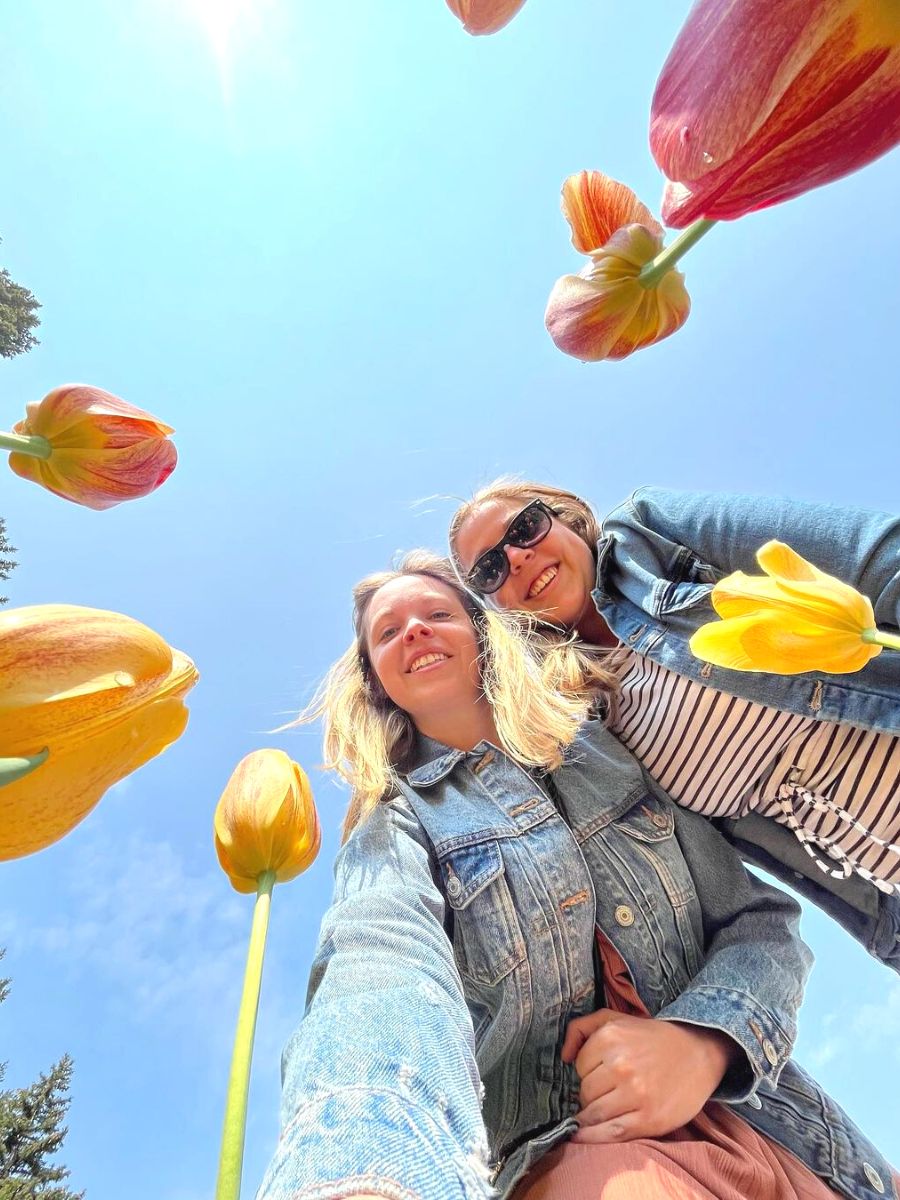
To determine the ideal planting time for your specific location, consider the recommendations provided by local gardening resources, and horticultural societies, or consult with knowledgeable gardeners in your area. They can provide valuable insights into the specific conditions and best practices for your region.
When planting spring bulbs, it's essential to choose a location with well-drained soil and adequate sunlight. Most spring bulbs thrive in full sun or partial shade, depending on the specific requirements of the bulb variety. Prepare the soil by loosening it and removing any weeds or debris that may hinder growth. Additionally, adding organic matter or compost can improve soil structure and provide necessary nutrients.
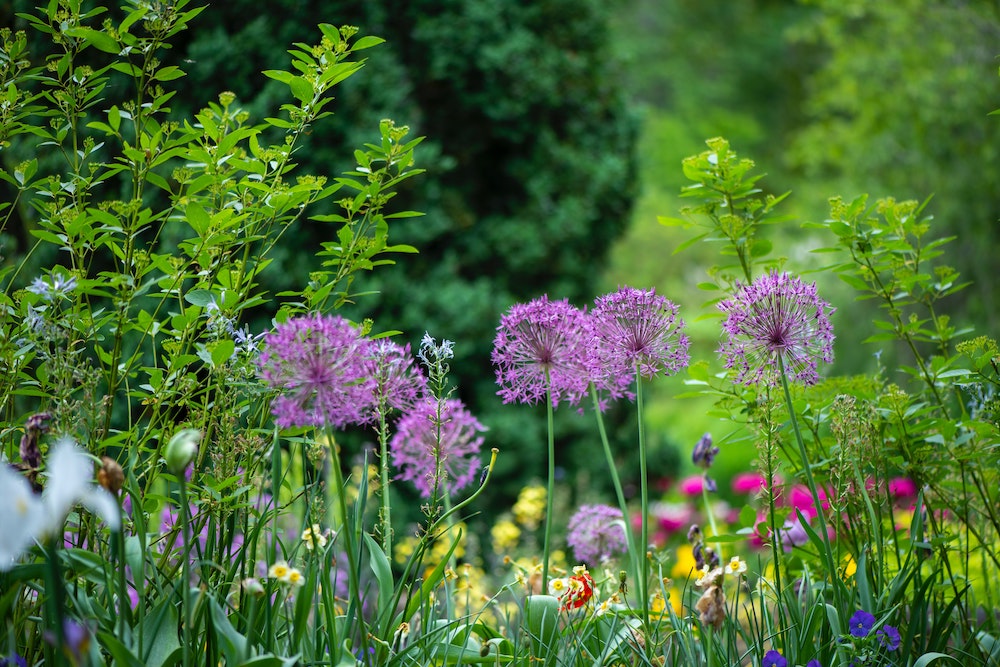
Also, make sure that when you're in the process of planting your favorite spring bulbs, adhere to the recommended planting depth and spacing for each specific variety. As a general guideline, bulbs are typically planted two to three times their own height deep. This ensures they are adequately protected and insulated during winter while allowing them enough room to grow and flourish.
How to Plant Spring Bulbs
Now that you already know the most popular spring bulbs and when to plant them, it's time to discover the process you should follow to actually plant your bulbs. Check out these easy and simple steps about how to plant your spring bulbs:
Selecting Bulbs
Choose high-quality bulbs from a reputable supplier or local nursery. Look for bulbs that are firm, plump, and free from any signs of rot or damage. Consider the specific requirements of each bulb variety, including sunlight and soil type.
Choosing the Planting Site for Your Spring Bulbs
Spring bulbs thrive in well-drained soil and prefer areas with ample sunlight. Select a location in your garden that receives at least six hours of direct sunlight per day. Ensure the soil is loose, rich in organic matter, and free from obstructions such as rocks or tree roots.
Preparing the Soil
Before planting, prepare the soil by removing weeds, rocks, and other debris. Loosen the soil using a garden fork or tiller, breaking up any clumps and ensuring proper drainage. Add organic matter like compost or well-rotted manure to improve soil fertility and structure.
Digging the Holes
Dig individual holes or trenches for each bulb or consider using a bulb planter. The depth of the hole should be approximately two to three times the bulb's height. Consult the specific planting instructions for each bulb variety, as planting depths can vary.
Planting the Bulbs
Place the bulbs in the holes with the pointed side facing upwards. Gently press them into the soil, ensuring they are firmly in place. Space the bulbs according to the recommended guidelines for each variety, typically a few inches apart. If planting multiple bulbs in a trench, ensure they are evenly spaced along the trench.
Backfilling and Watering
Carefully backfill the holes with soil, covering the bulbs completely. Lightly firm the soil to eliminate air pockets but avoid compacting it excessively. After planting, water the area thoroughly to settle the soil and provide the necessary moisture to the bulbs.
Mulching and Maintenance
Apply a layer of organic mulch, such as straw or shredded leaves, to help conserve moisture and regulate soil temperature. This layer also helps suppress weed growth. As the weather cools, the bulbs will enter a period of dormancy. Monitor moisture levels and ensure the soil remains evenly moist but not waterlogged.
Winter Protection
To protect bulbs from extreme cold, consider applying a layer of mulch or using protective covers, such as evergreen boughs or straw, after the ground freezes. This extra layer of insulation helps prevent damage caused by freeze-thaw cycles.
Spring Care
As the weather warms and the bulbs emerge in spring, continue to provide adequate water if rainfall is insufficient. Monitor for any signs of pests or diseases and take appropriate measures to protect your bulbs if necessary.
Caring for Your Spring Bulbs After Planting Them
There are also certain care handles you must follow after you plant your spring bulbs in order for them to fully prosper and beautify.
Watering
After planting, provide thorough watering to settle the soil around the bulbs. Continue to water as needed during the fall season, keeping the soil moist but not overly saturated. Adequate moisture helps bulbs establish roots before winter dormancy.
Mulching
Apply a layer of organic mulch, such as straw or shredded leaves, around the planted bulbs. Mulching helps regulate soil temperature, conserve moisture, and suppress weed growth. Ensure the mulch is a few inches deep, but keep it clear of the emerging sprouts in spring.
Fertilizing
When to fertilize spring bulbs? Before winter sets in, apply a balanced slow-release fertilizer specifically formulated for bulbs. This provides essential nutrients to support root development. Follow the manufacturer's instructions for application rates and timing.
Pest and Disease Management
Monitor for any signs of pests or diseases, such as bulb-feeding rodents or fungal infections. Take necessary measures to deter pests, such as using repellents or installing physical barriers. If disease symptoms are detected, consult with a local gardening expert for appropriate treatment options.
Deadheading and Pruning
After the flowers have faded, consider deadheading or removing the spent blooms. This prevents the bulbs from expending energy on seed production and encourages the plant to focus on storing energy for the next growing season. Avoid removing the foliage until it has yellowed and withered, as the leaves play a crucial role in photosynthesis and nutrient storage.
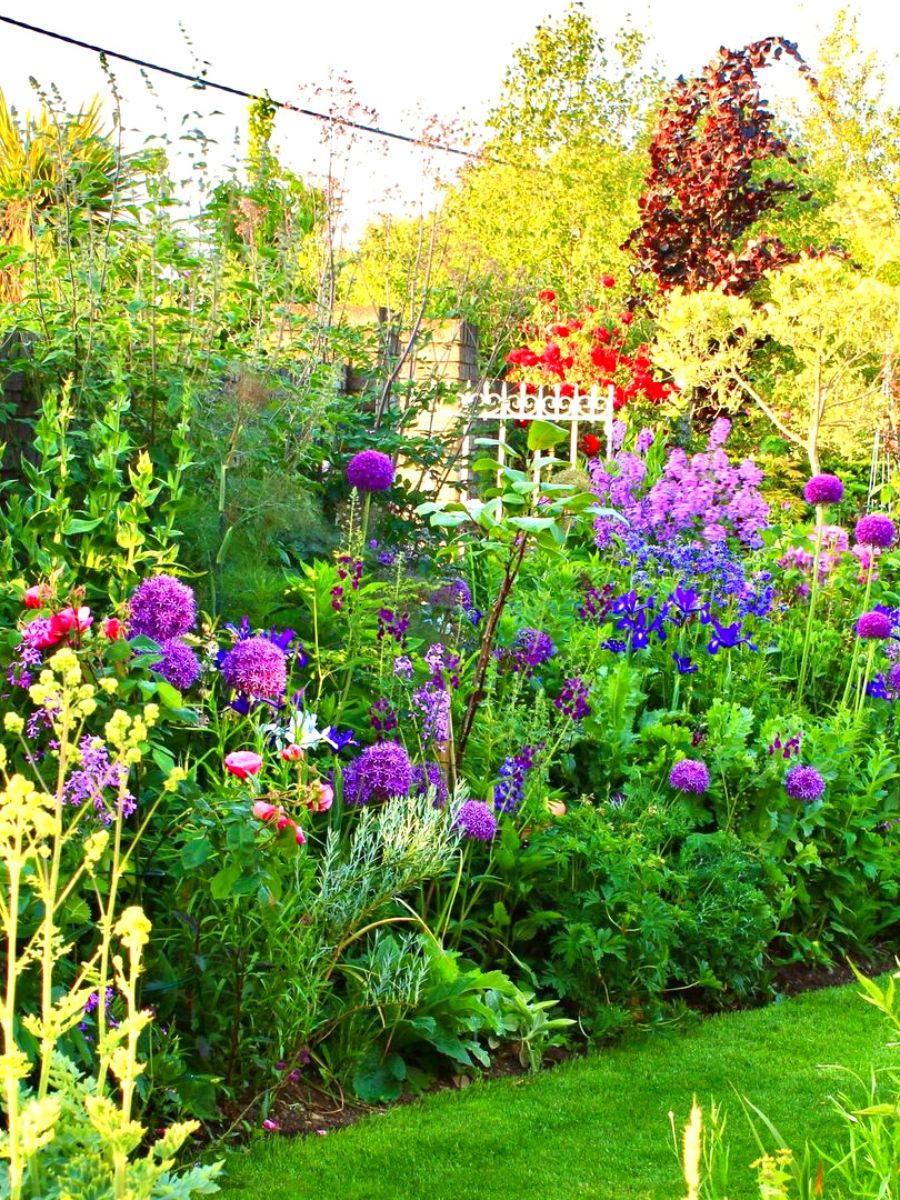
By following these care practices, you will provide the necessary support for your spring bulbs to thrive. With proper watering, mulching, fertilizing, and protection, your bulbs will reward you with a spectacular show of vibrant blooms, adding beauty and joy to your garden in the next spring season.

